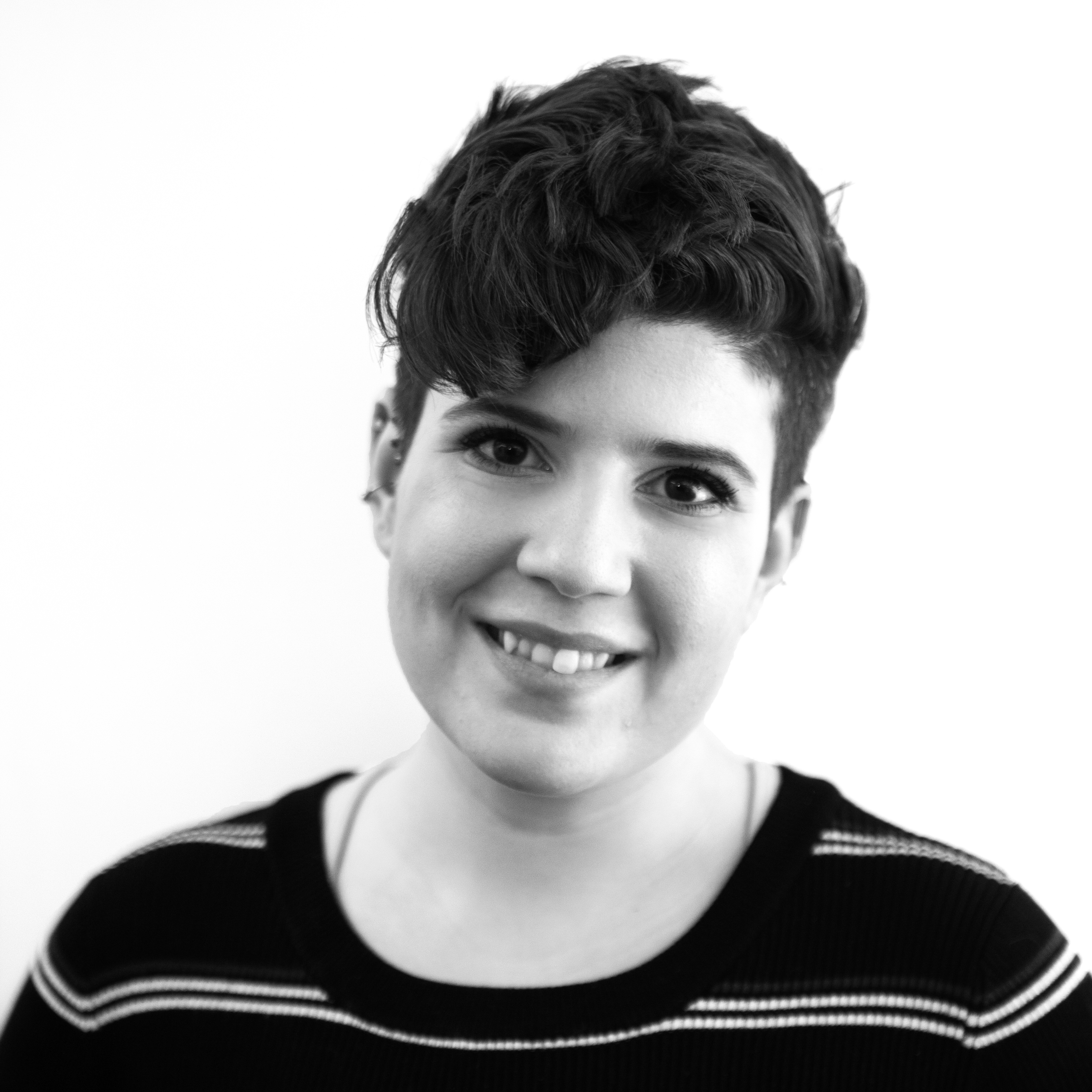You know that cliché about God closing doors and opening windows? Gentefied writers Marvin Lemus and Linda Yvette Chávez know a thing or two about that concept. When they first created their series four years ago, they never intended for it to be a TV show at all; they created and produced it as a web series—seven episodes, 10 minutes apiece. But even with actress America Ferrera behind them, distribution didn’t materialize. In retrospect, maybe that’s a good thing—because they were able to debut a trailer, and that was enough to spark a bidding war to expand the project into a TV series.
“They were like … ‘Marvin, Linda, can you work up a pitch in a couple weeks?’” Lemus recalled during a phone interview earlier this week. “Those couple weeks turned into five months.”
Netflix ultimately won the battle for this series, and the end result was worth all the toil. Gentefied is one of the most effective and nuanced explorations of gentrification television has seen so far—but beyond that, it’s phenomenally made. The series follows a Mexican-American family struggling to save their taco shop in East Los Angeles’ Boyle Heights, a neighborhood locked in a heated and complex battle against gentrification. The patriarch of the family, a jovial widower known to everyone in the neighborhood as Pop, is behind on the restaurant’s rent—and their landlord (Wilmer Valderrama, in a guest role) is eager to cash in on the changes in the neighborhood. One of Pop’s grandsons, a gourmet chef named Chris, steps in. Some of Chris’s ideas, however, rub the more traditional clientele—and certain members of his own family—the wrong way.
Both Lemus and Chávez are first-generation; Lemus’s father is Guatemalan and his mother is Mexican, and Chávez’s family is Mexican as well. Lemus grew up just north of Los Angeles, in Bakersfield, California, while Chávez was raised in Norwalk, just south of downtown L.A. Both came to this project with a sense of purpose: After years of watching Latino stories reduced to stereotypical tragedies, they wanted to join the wave of series capturing this community differently.
“For so long, any story that was about our communities, anything that was Latino, was always through this lens of pity,” Lemus said, calling the fixation “trauma porn.”
“Either it’s crossing the border and you’re riding down a dusty road in the back of a pick-up truck and it’s all sepia tone, or you’re in the hood and it's just scary and there’s gangs and police violence,” Lemus said. Although he didn’t name-check American Dirt, the controversial novel certainly comes to mind as a recent example of this trend.
And so, in making their own show, Lemus and Chávez leaned into comedy. As serious as Gentefied’s subject matter can be, it leads with joy and, more than anything, laughter—constant, cackling, familial laughter.
“We’re always around comedians and stand-ups, but some of the funniest people we know are our own families,” Chávez said. “Our own tías and grandmas and primos who say things that are ridiculous and hilarious.” After all, comedy, Chávez said, “is such a tool for survival for our communities … Sometimes it's too much; you're just trying to survive and you're trying to make it through.”
The writing on Gentefied is impeccable, and the show’s cast is just as great. Mexican actor Joaquín Cosío, whom Netflix fans might also know from Narcos, is a stand-out, toggling seamlessly through nostalgia, grief, desperation and inspiration, sometimes all in one scene. Joseph Julian Soria, who plays Chris’s more streetwise cousin Erik, also shines, especially as later episodes give him more emotional material to work with. And Karrie Martin, who plays the third Morales cousin, Ana, is the show’s infectiously adorable heart—a queer artist whose girlfriend, Yessica (Julissa Calderon), is one of the neighborhood’s fiercest advocates.
Gentefied actually found itself at the center of some activism last fall when the anti-gentrification group Defend Boyle Heights, which the Los Angeles Times notes has also protested Starz’s Vida, called for the show to stay out of the neighborhood.
“Gentefied is the latest show commodifying the very real anti-gentrification struggle in Boyle Heights,” the group wrote in a Facebook post said, adding later, “They cannot come into Boyle Heights and appropriate our struggle against gentrification and then claim love for the very community they are stealing from. Activists, community members, and revolutionaries have all faced police violence and state repression while a show like this sanitizes and packages our struggle for their own profit.”
Chávez and Lemus were very aware of the disruption productions like these can pose to a neighborhood. They made sure that everyone, on every level of the production, worked to minimize the show’s impact on the area, especially during filming. Rather than close down streets and businesses, for instance, Lemus said the team adopted a “more run-and-gun style” to shooting. “Even when we were shooting in Mariachi Plaza,” he said, “the metro’s still running, there's still passerbys walking by.”
“We did our best to make sure they knew, Yes we're here but these are your streets,” Chávez said. “I come from a protest theater background where I see activism and disruption as important tools for change.”
Lemus and Chávez noted that although they themselves are not from the area, many members of the cast and crew are—and they engaged local vendors and artists wherever possible—including Boyle Heights-based photographer Rafael Cardenas and director Jazmin Garcia. Las Fotos Project, a mentorship programed to inspire teenage girls through photography, did behind-the-scenes photography. And all of Ana’s artwork in the show is work done by Latina artist Emilia Cruz.
“Of course it's hard to feel like we're being questioned on whether or not we’re doing what’s right for the community,” Chávez said, “but we also feel like what we intended with the series is to show why people should be more conscious and think about the impact that they're making in communities, including Boyle Heights.”
More than anything, Lemus and Chávez hope their series gives people a sense of power—and responsibility. “A lot of time people think, ‘Oh, gentrification is just change; change happens. What are you gonna do?’” Lemus said. “That’s, for us, incredibly frustrating.” After finishing Gentefied, he hopes people will walk away with all of these questions on their mind, ready to have a conversation.
“Comedy is power, [which is] the reason why for so long they didn't want women to have it,” Chávez said. “Because comedy is disarming; it's disarming and it gives people power over their own narratives. It allows people to say, ‘No, you're not going to laugh at me; you're going to laugh with me. And I'm going to choose what you laugh at.’”






